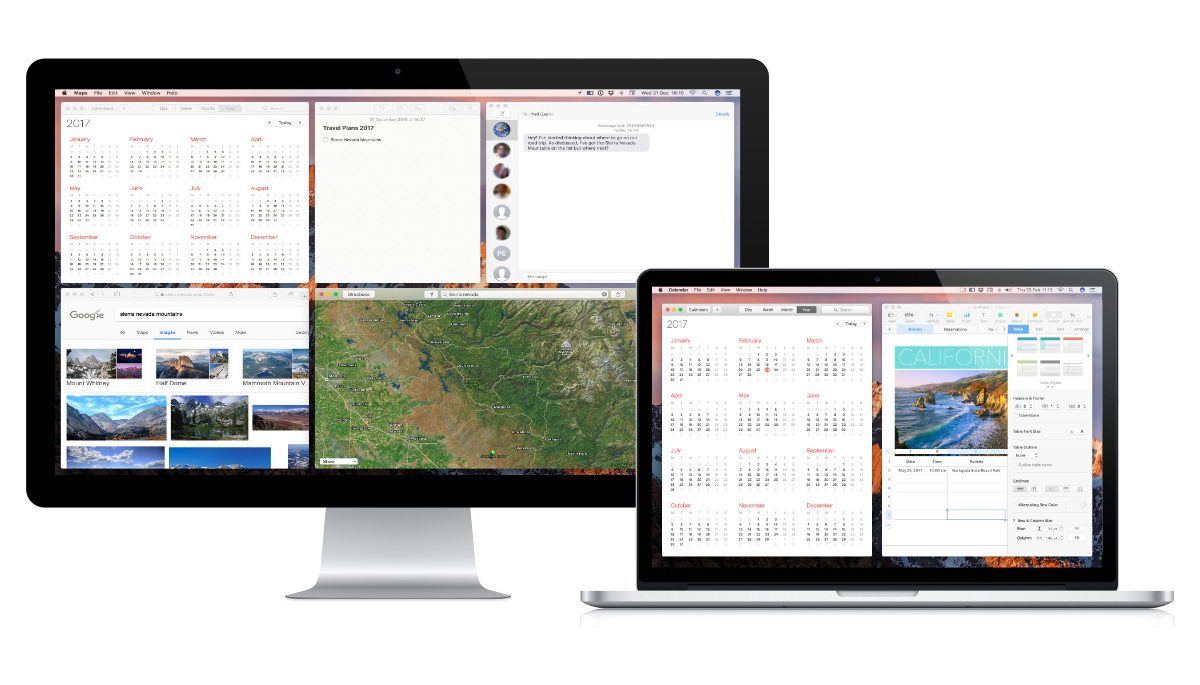


You can also use this tool to re-arrange bands so that their order is consistent among different scenes. If necessary, create a spectral subset of a scene so that the number of bands matches that of the other scenes. However, wavelengths can vary slightly among the scenes so that (for example) you can mosaic IKONOS and QuickBird imagery. Each scene must have the same number of bands and the same data type.The Seamless Mosaic tool has some requirements and limitations to be aware of regarding input data: You can also write a script to create a seamless mosaic using the BuildMosaicRaster task. To create a simple mosaic with no color balancing or edge feathering, see Create Quick Mosaics. This workflow lets you apply color balancing and edge feathering to create a high-quality mosaic. This study demonstrates the effectiveness of sequential segmentation and classification of RS data for mapping and monitoring plant invasions along linear infrastructures, which allows to reduce the time, cost and hazard of extensive field campaigns along roadsides.Use the Seamless Mosaic workflow to mosaic georeferenced images into one image. The separation of each invasive species should be improved with a phenology-based design of field surveys. ‘Other trees’ was the class with the most accurate and significant differences in the three programs when mapping IAP species. donax’ were the classes with best and worst overall accuracy, respectively, when mapping land-cover classes in the three programs. eCognition, with MRS and NNC algorithms, reached better classification results in both land-cover and IAP maps (OA Land-cover = 95.7% OA Invasive-plant = 92.8%). However, these two programs, using the same segmentation algorithms, did not achieve good accuracy results when mapping IAP species (OA OTB/Monteverdi = 63.3% OA ArcGIS = 45.7%).
ADD MULTIPLE IMAGES MOSAIC PRO ERDAS SOFTWARE
OTB/Monteverdi, with MSS and SVM algorithms, showed to be a good software for land-cover mapping (OA = 87.0%), as well as ArcGIS, with MSS and MLC algorithms (OA = 84.3%). Second, we repeated the previous segmentation and classification steps over the 15 masked images of vegetated areas using the same algorithms. We created a mask using the polygons classified as non-vegetation to crop the images of the 15 study sites. First, we obtained a land-cover map for 15 study sites by segmenting the images with the algorithms Mean Shift Segmentation (MSS) and Multiresolution Segmentation (MRS), and by classifying the segmented images with the algorithms Support Vector Machine (SVM), Nearest Neighbour Classifier (NNC) and Maximum Likelihood Classifier (MLC). We analysed the images by two sequential processes. We compared the performance of OBIA approaches implemented in one open source software (OTB/Monteverdi) against those available in two proprietary programs (eCognition and ArcGIS). In this study, we explore the potentialities of object based image analysis (OBIA) approach to map several invasive plant species along roads using very high spatial resolution imagery. Remote sensing is an essential tool for efficiently assessing and monitoring the dynamics of IAP along roads. Roads and roadsides provide dispersal channels for non-native invasive alien plants (IAP), many of which hold devastating impacts in the economy, human health, biodiversity and ecosystem functionality.


 0 kommentar(er)
0 kommentar(er)
